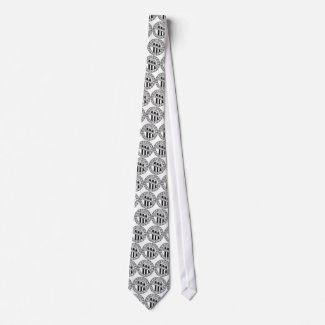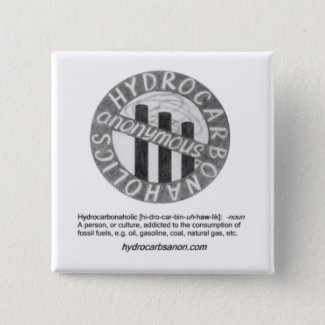The technical hurdles to putting such a system in place are trivial.
Freight elevators would have to be built for most subway stations, to allow efficient delivery of goods. This would have the dual advantage of making the subway system fully handicapped accessible, and the cost of that expansion would be shared by businesses which would also benefit.
The bus fleet would have to be modified. One way to do this would be to adopt a system long in use on airplanes. Going back more than forty years, “quick-change” technologies have allowed airlines to run passenger flights during the day and cargo at night: the seats are on pallets that slide out. Alternatively buses could be designed as frameworks for inter-modal cargo containers. The passenger module would be removed, allowing cleaning and maintenance to be done; the cargo container would be installed.
Because there are significant economies of scale involved in the purchase of bus fleets, these vehicles have been on the leading edge of change as more efficient technologies are rolled out: we now have electric buses, hybrid powered buses, buses that run on cleaner natural gas. Taking the older, dirtier, diesel-powered semis off the streets in favor of a new fleet of dual-use buses would be a boon to air quality.
The subways create no local air pollution. How clean they run depends on the method used to generate the requisite electricity. Ultimately we should be able to run them on pollution free sources like hydro, wind, or solar power.
Making cars pay their fair share in the city is a good start. Heavy trucks, however, create a disproportionate amount of air pollution, traffic congestion, and road damage. New York City already has in place a transportation infra-structure that could replace the majority of those trucks. It only remains for that infra-structure to be used more efficiently.







